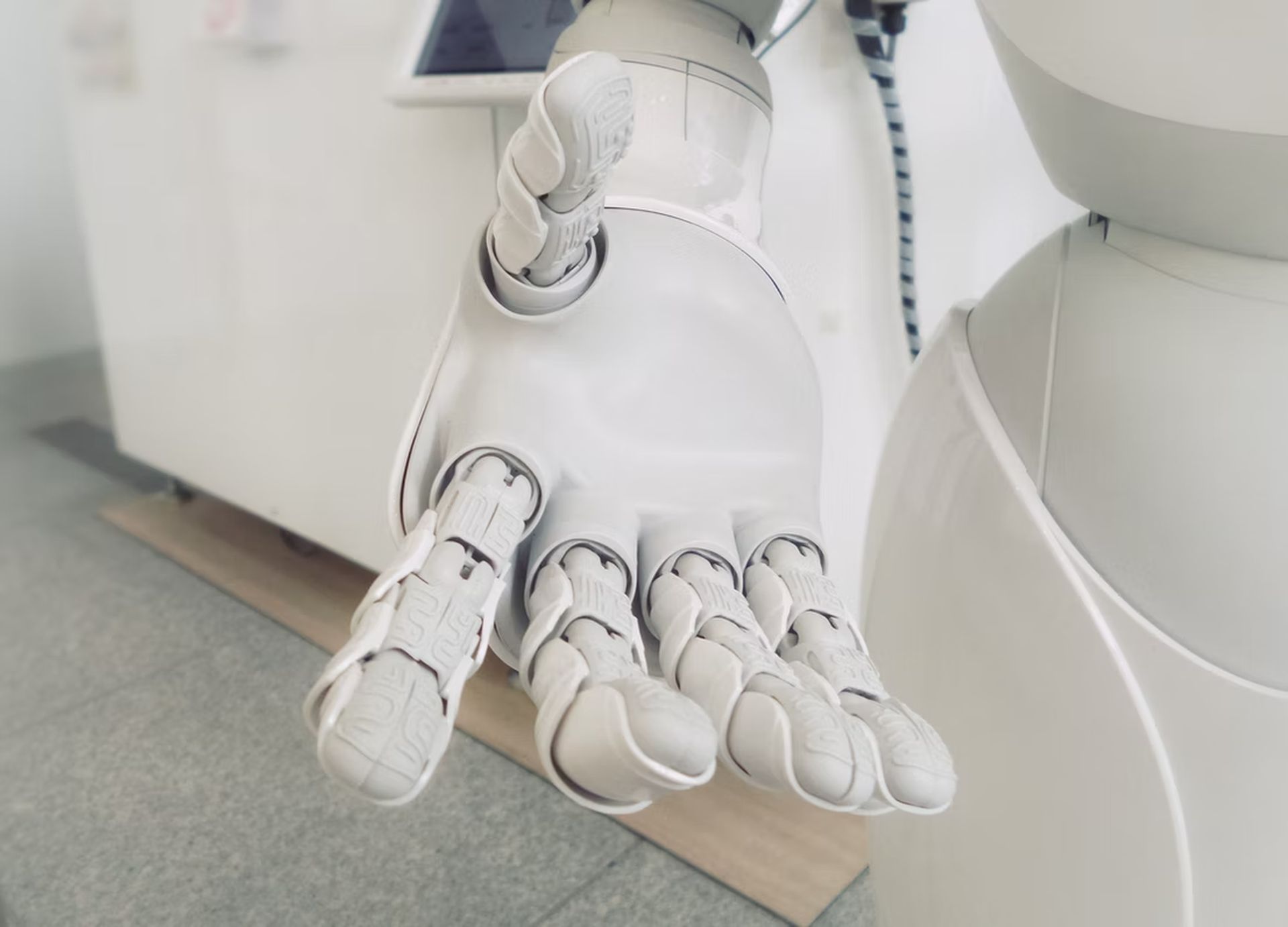The latest study showed expanding data sets with “fake data” offered at least 40% increase in the performance of robots.
A new method widens training data sets for robots that operate with soft things like ropes and fabrics, or in congested situations, taking a step toward creating robots that can learn on the fly like people do.
What do we mean by saying fake data?
The program was created by robotics experts at the University of Michigan and might reduce the amount of time it takes to learn new materials and settings from a week or two to a few hours.
In simulations, the larger training data set more than doubled the success rate of a robot looping a rope around an engine block and increased it by more than 40% from that of a physical robot performing the same task.

That is one of the jobs a robot mechanic would need to be competent at. However, according to Dmitry Berenson, U-M associate professor of robotics and senior author of a study presented today at Robotics: Science and Systems in New York City, learning how to manipulate each unfamiliar hose or belt would require extremely large amounts of data, likely gathered for days or weeks.
During that period, the robot would experiment with the hose, extending it, joining its ends, wrapping it around objects, and so on, until it was aware of all the possible motions the hose could make.
“If the robot needs to play with the hose for a long time before being able to install it, that’s not going to work for many applications,” stated Berenson.
Indeed, a robot coworker that required that much time would probably not be well received by human mechanics. Therefore, Berenson and Peter Mitrano, a robotics PhD student, modified an optimization algorithm to allow computers to make some of the generalizations that people do, such as forecasting how dynamics seen in one instance would replicate in others.
In one instance, the robot maneuvered cylinders across a packed floor. The cylinder sometimes didn’t make contact with anything, but other times it did and the other cylinders moved as a result.

If the cylinder does not contact with anything, the process can be repeated anywhere on the table where the trajectory does not lead it into other cylinders. A human would comprehend this, but a robot would need to find out. And, rather than undertaking time-consuming experiments, Mitrano and Berenson’s program can provide variants on the outcome of the initial experiment that help the robot in the same way.
Researchers concentrated on three characteristics for their fake data. It has to be relevant, diversified, and legitimate. For example, if you’re only interested in the robot moving the cylinders on the table, data on the floor is irrelevant. On the other hand, the fake data must be diversified — all regions of the table and all viewpoints must be studied.

“If you maximize the diversity of the data, it won’t be relevant enough. But if you maximize relevance, it won’t have enough diversity. Both are important,” explained Mitrano.
Finally, the data must be correct. For example, any simulations in which two cylinders occupy the same space could be invalid and must be labelled as such so that the robot is aware that this will not occur.
Mitrano and Berenson increased the data set for the rope simulation and experiment by projecting the rope’s position to additional locations in a virtual rendition of a physical environment – as long as the rope behaved the same way it did in the initial instance.

The virtual robot looped the rope around the engine block 48 percent of the time using only the initial training data. The robot succeeded 70% of the time after training on the augmented fake data set.
Having the robot broaden each try in this way nearly doubles its success rate over the course of 30 tries, with 13 successful attempts as opposed to seven, according to the experiment investigating on-the-fly learning with a real robot.





